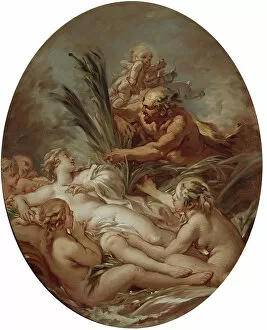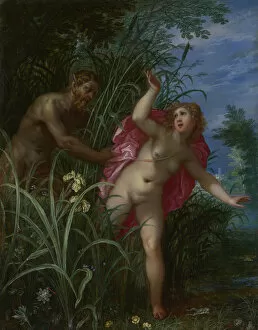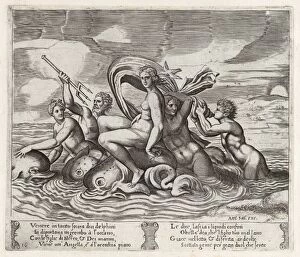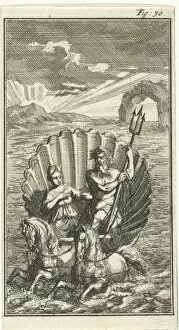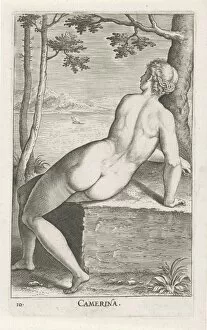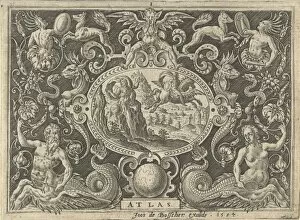Nereids Collection (#3)
The Nereids, known as the sea nymphs of Greek mythology, captivate with their ethereal beauty and enchanting allure
For sale as Licensed Images
Choose your image, Select your licence and Download the media
The Nereids, known as the sea nymphs of Greek mythology, captivate with their ethereal beauty and enchanting allure. Among them is Crenaia, the nymph of the Dargle, whose graceful presence evokes a sense of tranquility amidst nature's splendor. In "The Siren" by Nikolai Pavlovich Ulyanov, we witness the mesmerizing power these mythical beings possess. Their haunting melodies beckon sailors towards treacherous waters, luring them to their doom. The painting serves as a reminder of the irresistible temptation that lies within their captivating voices. Another depiction of sirens in "La Sirene" (1896) showcases their seductive charm and alluring nature. These creatures embody both danger and desire, symbolizing the eternal struggle between reason and passion. In Poussin's masterpiece "Nymph with Satyrs, " we are transported to an idyllic scene where playful satyrs frolic alongside a beautiful nymph. This artwork captures the harmonious relationship between land and sea creatures in Greek mythology. A marble sarcophagus relief depicting Prometheus myth reveals yet another facet of Nereid lore. Here we see Prometheus bound to a rock while an empathetic Nereid offers him solace during his punishment for stealing fire from Mount Olympus. Panope's portrait painted by an unknown artist in 1862 portrays her as a serene figure surrounded by gentle waves—a testament to her connection with water elements. Her tranquil demeanor invites contemplation on life's mysteries hidden beneath its depths. An intriguing tale unfolds in "A beauty contest between Cassiopeia and the Nereids judged by Aion. " This narrative highlights not only the physical beauty possessed by these sea nymphs but also their significance within ancient Greek culture—worthy competitors even among mortal beauties like Cassiopeia herself.




